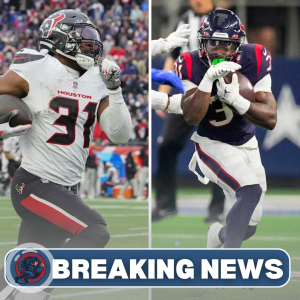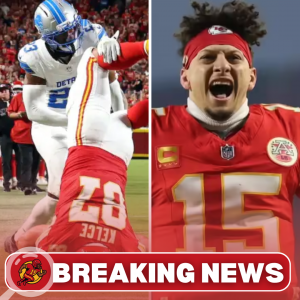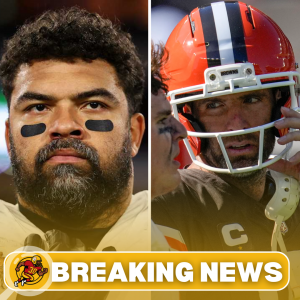“The Eagles are one of my favorite groups,” said Dolly Parton during a 1977 episode of her variety shoe Dolly! That year, Parton also accepted the Eagles American Music Award for Favorite Pop/Rock Album for The Eagles Greatest Hits on the band’s behalf.
“I think they’re terrific,” said Parton accepting the award, “and I love them.”
Parton has always had a deep admiration for the Eagles and even covered some of their songs since the late 1970s. Here’s a look behind two songs she covered by the Eagles and another 1950s classic she took on with Don Henley.
I Can’t Believe That No One Remembers These 4 Hit Rock Songs From 1977
“Lyin’ Eyes” (1977)

Written by Glenn Frey and Don Henley
After hitting No. 1 twice with “Best of My Love” from On the Border, and again with “One of These Nights,” the title track of their 1975 album, the Eagles peaked at No. 2 with “Lyin’ Eyes.” Written by Don Henley and Glenn Frey, who sings lead vocals, “Lyin’ Eyes was a straight-up cheating song—So she tells him she must go out for the evening / To comfort an old friend who’s feelin’ down / But he knows where she’s goin’ as she’s leavin’ / She is headed for the cheatin’ side of town. “Lyin’ Eyes ” also went to No. 8 on the Country chart and earned the Eagles a Grammy Award for Best Pop Vocal Performance by a Duo, Group or Chorus and another nomination for Record of the Year.
The song also caught on with some country artists, with covers by Lynn Anderson on her 1976 album All the King’s Horses, and Buck Owens’ performance on Hee Haw. Dolly Parton also performed “Lyin’ Eyes” on her variety show Dolly! which aired on January 15, 1977.
“I think, really, one of the main reasons for their success is the songs they write,” said Parton, “and here’s a song [‘Lyin’ Eyes’] that I wish I’d written. But who wouldn’t?”
While a video of Parton’s performance is no longer unavailable, there’s the original with Frey on vocals.
“Seven Bridges Road” (2001)
Written by Steve Young
In 2001, Parton included the Eagles’ “Seven Bridges Road” on her bluegrass album Little Sparrow. Released on the band’s first live album, Eagles Live, from 1980, the song was originally written and recorded by the country artist Steve Young on his 1969 debut Rock Salt & Nails, which also featured Gram Parsons, Gene Clark, and James Burton.
The song was Young’s ode to Woodley Road in Montgomery, Alabama, where seven bridges and he used to hang out with friends when he was younger. The song was covered by Joan Baez, Rita Coolidge, The Carter Family, and more, before Parton delivered her rendition.
Before Hotel California, the Eagles used “Seven Bridges Road” as a pre-concert warm-up and would often open the shows with all of the band singng into a single microphone, a capella.
“No matter what the mood between band members or how bad things were, we always had that private rehearsal together, and then when we went out onto the stage, the lights would come up and we’d be standing there at a single microphone to open the show with that same melodic, lilting song,” said Don Felder in his 2008 memoir Heaven and Hell: My Life in the Eagles (1974-2001). “It blew people away. It was always a vocally unifying moment, all five voices coming together in harmony.”
“When I Stop Dreaming” (2015)
![Daily Digital Download: Don Henley feat. Dolly Parton 'When I Stop Dreaming' [VIDEO]](https://townsquare.media/site/111/files/2015/09/DonDolly.jpg)
Written by Charlie and Ira Louvin
Originally recorded and released by the Louvin Brothers in 1955, “When I Stop Dreaming” was revisited 60 years later as a duet by Henley and Parton. It’s an emotional high point on Henley’s 2015 solo album, Cass County, which also features guest vocals by Mick Jagger, Merle Haggard, Miranda Lambert, and Martina McBride.
“I think we had about two or three takes with Dolly,” said Henley. “She comes in and goes, ‘I know this song; I used to do it with Porter [Wagoner].’”
In 1977, Parton also sang backing vocals on Emmylou Harris’ rendition of “When I Stop Dreaming” on her album Luxury Liner.
Henley remembered being completely stunned by Parton’s performance of the song in the studio. “She said, ‘This key is a little bit high for me,’ and we said, ‘Well, that’s the only key we recorded it in,’” recalled Henley. “And she said, ‘Well, I guess I’ll just have to rare back and get it then.’ So she rared back, and she did it in two takes, and she was gone.”
He added, “Me and my production team sat there in stunned silence for five minutes, going, ‘What the hell just happened here?’ It was like someone sprinkled pixie dust all over the studio.”





